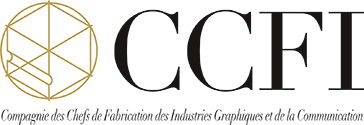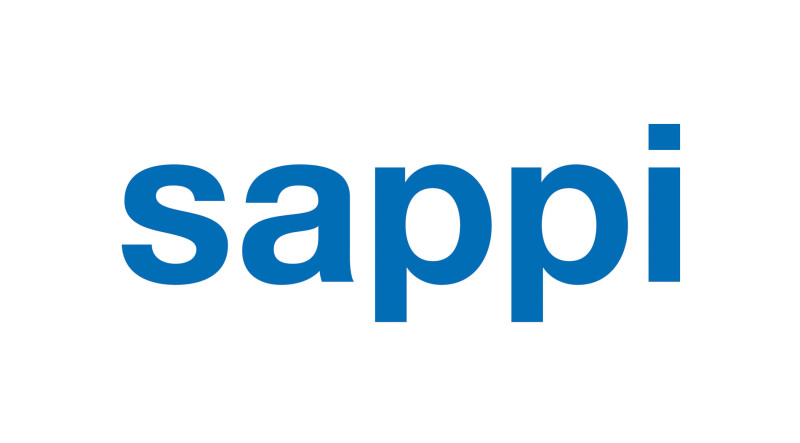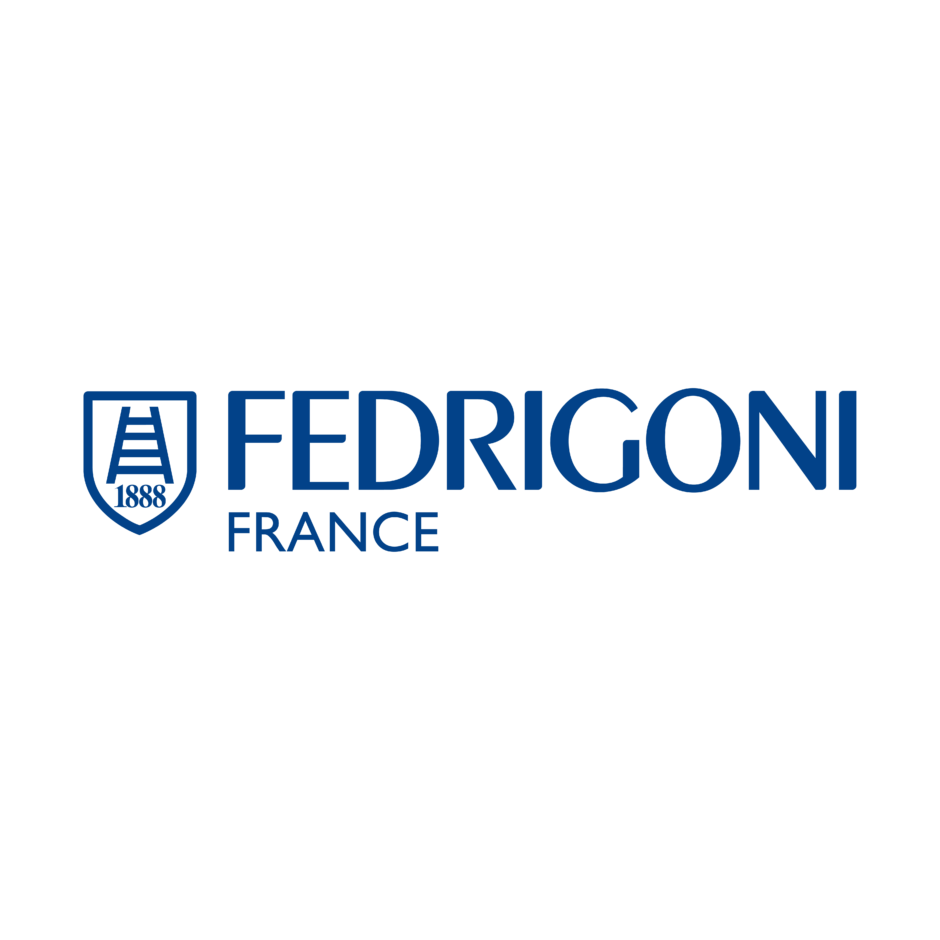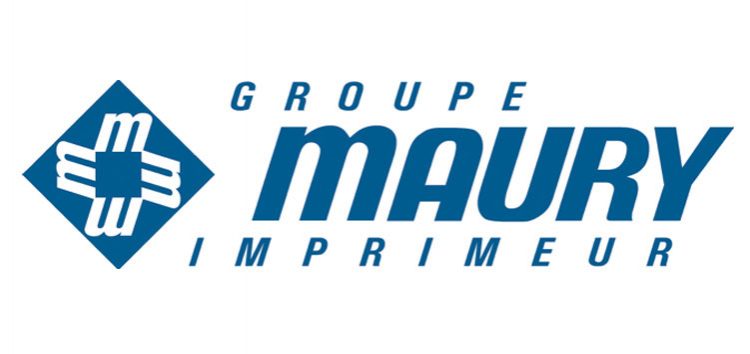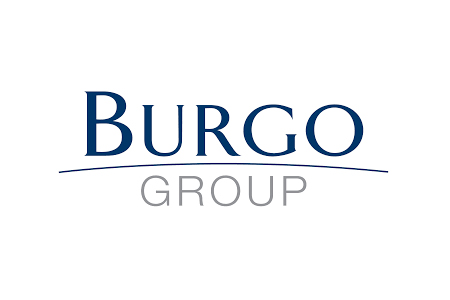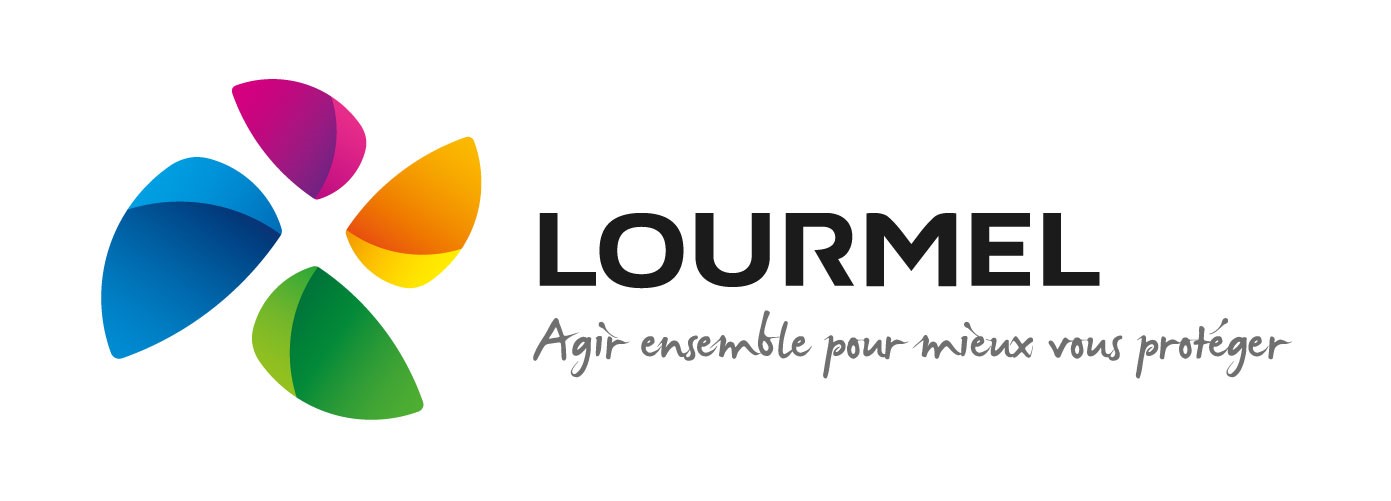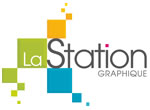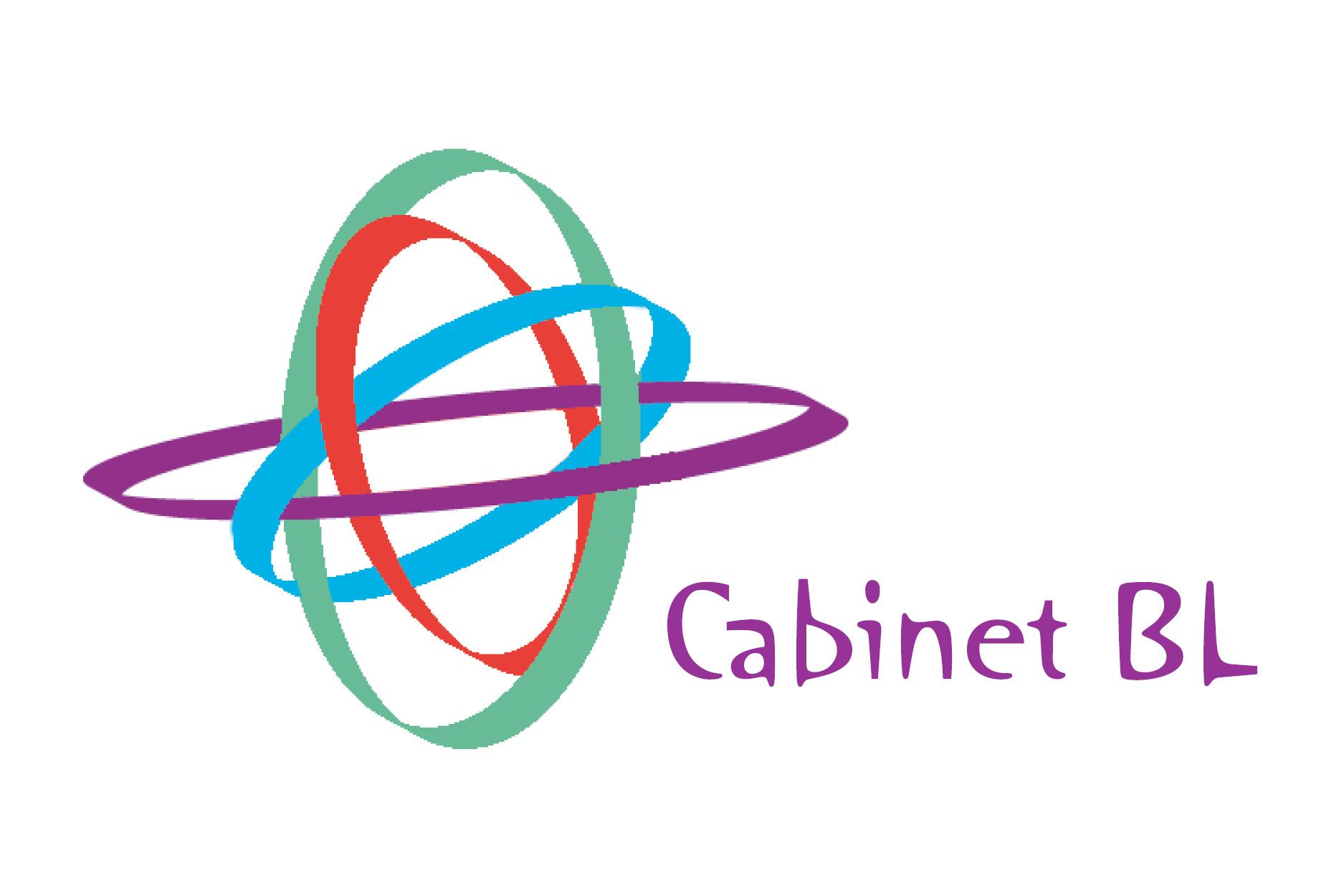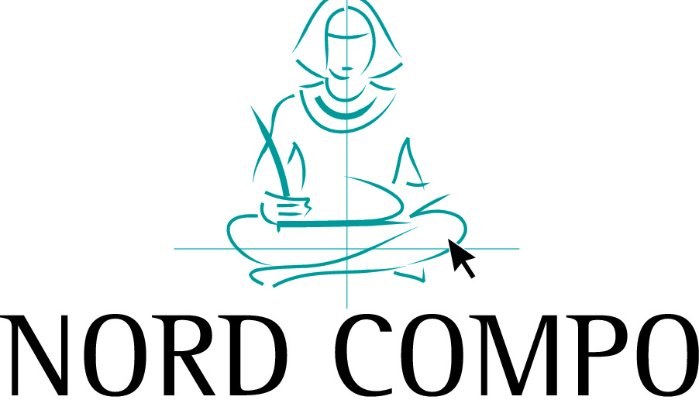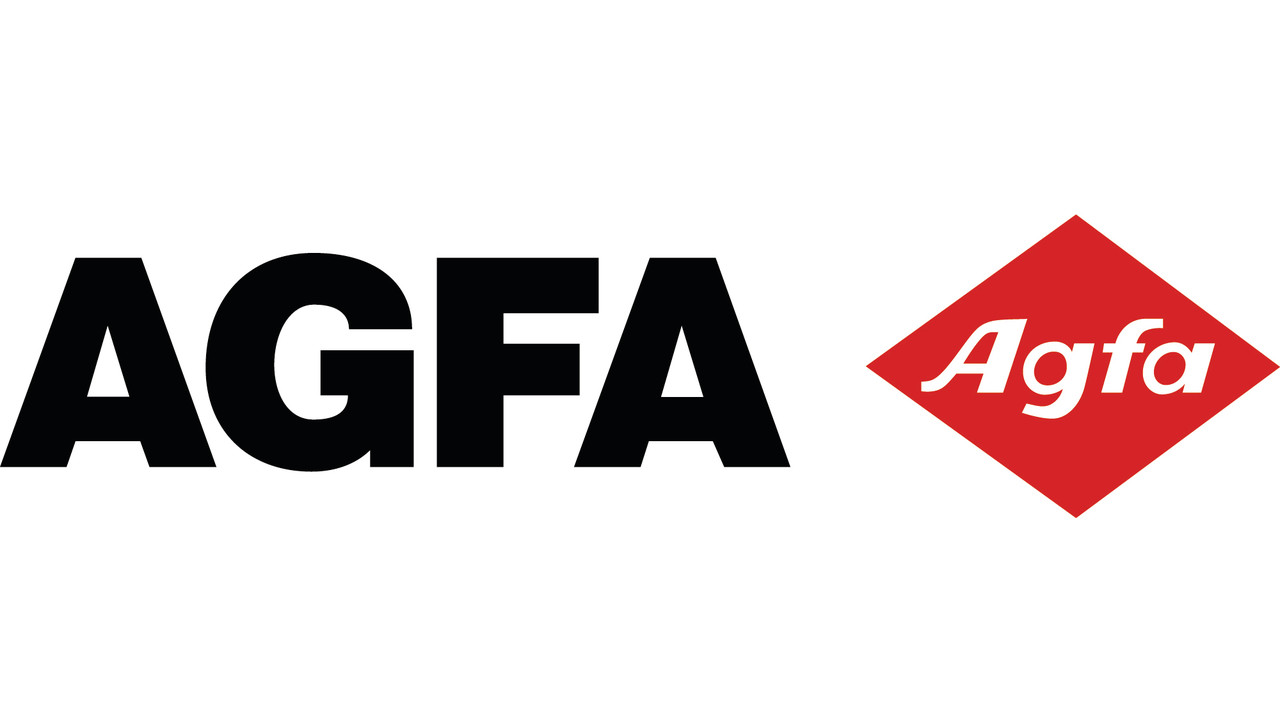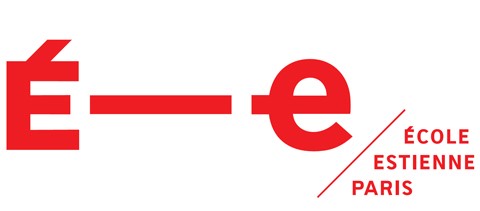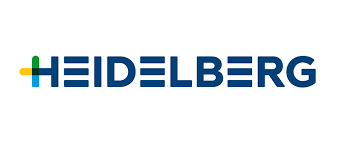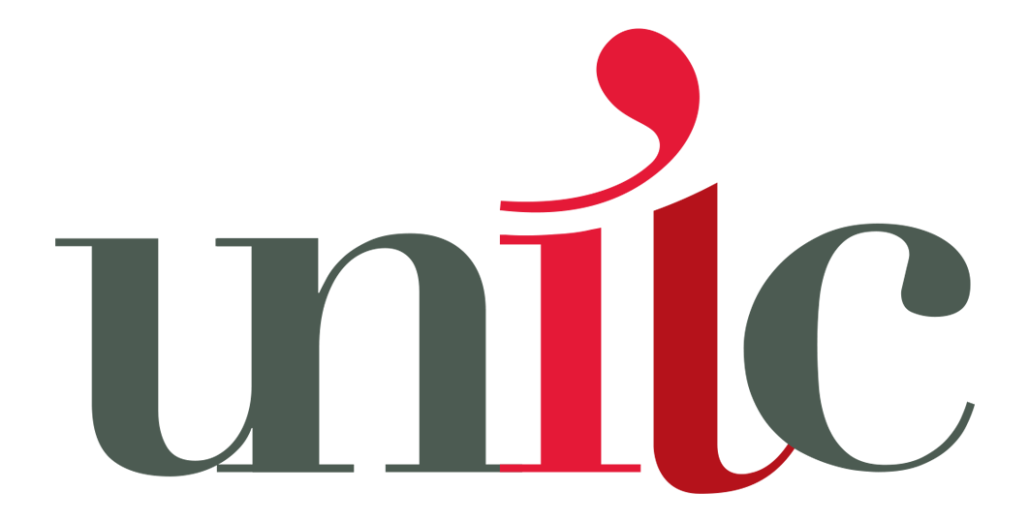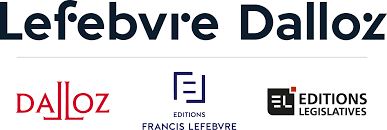Why print media?
Here we reflect on the evolution of the media landscape and the seven reasons why print media deserves a rightful place in the marketing mix
In a world of unfounded biases, questionable metrics and marketing jargon, we’re all of us searching for media that makes a real and measurable impact. But an evolving, expanding, and increasingly fragmented landscape is making it difficult for agencies, brands, marketers, planners and creatives to decipher how print media figures into the mix.
So while you’d be forgiven for believing print media has taken a backseat in recent times. What with legacy publishers laying of staff, newsbrands losing ad revenue and social becoming the undisputed darling of advertising. The point is, print continues to be an effective, trusted and cutting-edge complement to your campaign mix – and one that delivers actual results.-
More on that here, but below we pour over the seven reasons why print media, be it advertising in newspapers, advertising in magazines, direct mail, customer magazines, door drop or catalogue, deserves a place in the campaign mix.
- ROI
Unfortunately, marketers’ perceptions about which channels are most effective rarely align with reality. The truth, rather, is that print – particularly magazines, newspapers and direct mail – is consistently sidelined by marketers, in favour of far less effective platforms.
But for those who are willing to cut through the #:)@*! and look beyond the ‘death of print media’ fallacy, there’s no question that print is a top table medium that boosts ROI and commands attention.
‘Planning for Profit’, a study conducted by Benchmarketing in 2018, proves there is opportunity for advertisers to optimisetheir spend on newsbrands. And in fact increasing newspapers’ share of the pie could more than double current campaign profit ROI. Should they choose to ignore this fact, brands stand to miss out on £3bn in profits.
From newspaper ads, which increase campaign ROI by as much as 280% for retail and 570% for finance, to direct mail and door drop, 21% of which go on to create commercial actions, and magazine ads, which generate £2.43 for every £1 invested, print boosts campaign effectiveness
- Creativity
Print isn’t merely paper, and smart marketers are tapping into technologies like photochromic inks, printed circuits and specially engineered stock to unlock new creative opportunities and deliver a more engaging experience.
Print, be it magazine, door drop or catalogue, taps into the sensation of touch – one we rarely explore on screen. The tactility of print, meanwhile, creates an impact, it elicits an emotion and improves remembrance. All factors that enhance marketing effectiveness and boost engagement.
We are seeing more brands harness the power of the tangible, using prints, inks and varnishes to make an emotional connection. While still more are toying with print conventions, challenging our associations with traditional media to create something that feels fresh and authentic.
Marketing and advertising, after all, is all about ideas, and there’s no shortage of the good stuff in print media. Don’t believe us? Even the folks at Cannes took a break from their bubbles to politely clap a handful of campaigns to the podium.
- Integration
In the words of effectiveness guru Peter Field, “we are being over-hyped and over-sold on a uniquely digital future. We need to get real and take a more evidence-based view of what really drives effectiveness.” Hear, hear.
On the whole, marketing campaigns are most effective when print is used as one element of an integrated solution. Research shows that adding print to the media mix increases campaign ROI and engenders more trust than a campaign otherwise would (more on that later).
Of course consumers live increasingly online. But physical media is now the ideal way to start the online journey. Either through technology, such as QR codes, Augmented Reality, Near Field Communication and digital imprints, or merely through association, print seamlessly connects a brand’s offline and online presence.
The IPA took a deep dive into ‘marketing effectiveness in the digital era’, mainly to question the impact of adding a medium to the marketing mix. The conclusion: press and direct mail boosts effectiveness (15% and 10%) far more than online (7%) otherwise would.
- Trust
“Trust is an ambiguous concept, not easily defined by a single metric and rich in meaning and interpretation,” so say the authors of A Matter of Trust.
The Edelmen’s 2018 Trust Barometer clearly states that consumer trust has reached an all-time low. As consumers grow mistrustful of advertising – chiefly social media marketing – exponents would do well to explore trustworthy channels new and old.
Despite the ubiquity of online platforms, print media is the most trusted environment for advertisers. One that’s relevant, reliable and expert. And one that has more staying power than pixels on a screen. Meanwhile, digital’s copybook has been blotted by fake news scandals and less-than-stellar protections for users.
Let’s consider for a moment the equivalent levels of trust in print newsbrands vs online. Where three quarters of people trust news obtained from local newspapers, barely one in five trust social media. Even the print versions of national newspapers are more highly trusted than the equivalent websites, according to Kantar.
The strength of trust in traditional news overall remains strong at 58%, while printed magazines top the pile at 72%. And for as long as publishers produce high quality journalism under a strict code of ethics, print is unlikely to be tarnished by the fake news stamp we’ve seen applied to social media.
The fact Facebook was forced to apologise for a “breach of trust” in 2018’s Cambridge Analytica scandal is telling. But more telling still is the fact that the apology was delivered in – yep, you guessed it – print.
- Targeting
The media landscape can be a noisy, crowded place, particularly online, where we’re bombarded by ads from every which way imaginable. Print media, on the other hand, represents a relative calm amid the storm, and catches consumers at their most attentive.
Unlike banner ads, newspaper and magazine advertising reaches consumers in a moment they have set aside for reading. Studies to show that newspaper ads are viewed for 2.5 times longer than the average digital ad are themselves proof that readers are more receptive when they read print.
Direct mail accesses people’s homes and lives to deliver a targeted sales message, while door drop has enviable reach and ROI.
Modern digital presses also offer marketers, media and advertising professionals the ability to print entire publications based on the profile and requirements of their consumers. Or even to integrate digital content in a mass produced publication.
- Measurement
Self-serving, shallow and sometimes deceptive metrics are the bane of the marketing industry. Likes, clicks and impressions are all well and good for racking up the zeros, but say little about marketing effectiveness.
Field concedes that online has an edge when it comes to short-term effects. But over the longer term, things like fame, power and the authority of a brand are greatly enhanced by print.
A focus on quick returns and cheap media is hurting marketing effectiveness, say some, particularly when measuring long-term return on investment, brand equity and readership satisfaction. Enders asserts that “in effect we believe that a nuanced, analogue tool has been replaced by a too-simplistic digital tool with unverified consequences for many brands”.
Not to fear, the likes of PAMCo mean that planners now have access to de-deduplicated reach and frequency across publishing platforms. And in 2018 JICMAIL became the first standardised currency for advertising mail, making a convincing case for the power of mail in the marketing mix.
- Engagement
In a media landscape saturated with content, we’re beginning to see a pendulum swing back to channels that command the most attention.
Take, for example, the resurgence of customer magazines in recent times, with Airbnb, Facebook, Kodak and Net-a-Porter all joining the party. Or this new breed of niche, independent magazines, as upstart publishers plug into passion points in a way brands rarely succeed in doing.
Print readerships are declining; this much is true. But research proves that print media – magazine and newspaper brands in particular – have a knack for cutting through the noise and speaking to a more engaged reader.
Even with the advent of online, studies show that people are more likely to talk about, share and comment on print newspapers (46%) than they are social (44%).
If marketers are to understand the effectiveness of one advertising medium versus another, they’d do well to consider much beefier measures, like solus attention or time spent per ad, over and above paper thin, self-serving metrics like impressions.
The fact that consumer spend more time per print ad than they do the online equivalent is testament to the power of print. If effectiveness is determined by impressions alone, digital wins hands down. But a more nuanced approach to engagement proves that print media not only grabs but holds attention.
Lire : Print Power du 6 février
